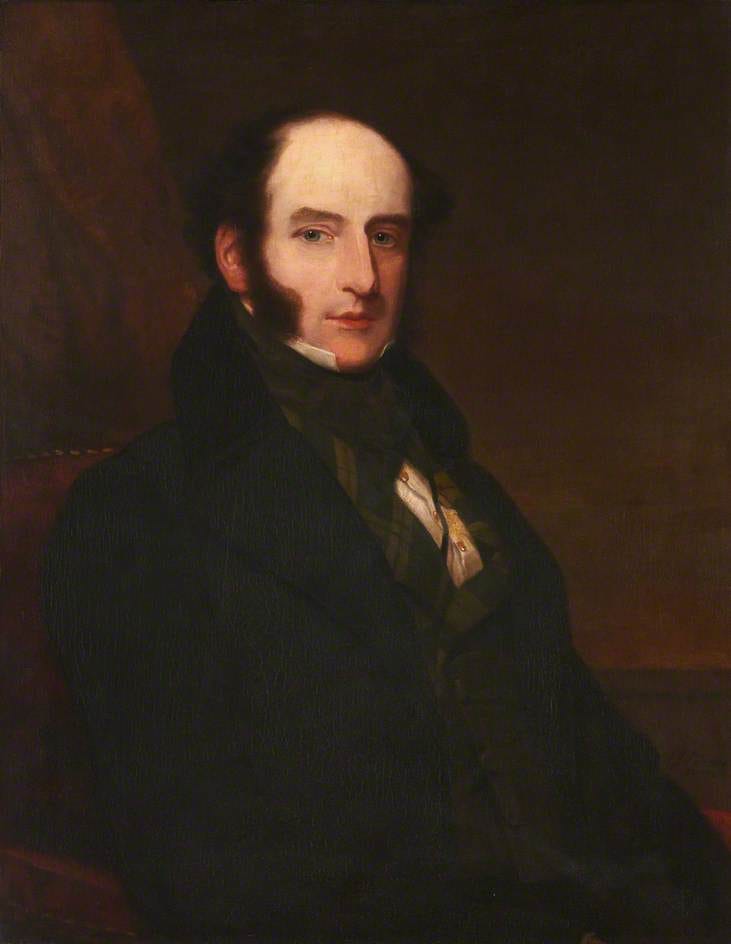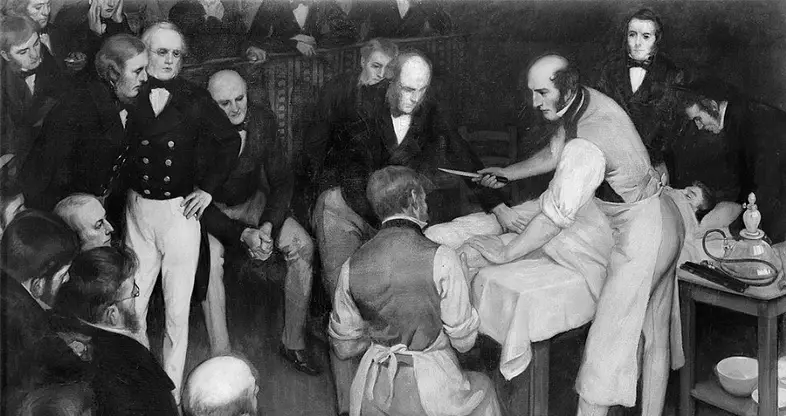 eing treated before 1846 was not only risky but also extremely painful as anesthesia didn’t exist, so all surgeries that were performed up until that point were on conscious patients. This also brought an extra risk as the patient could faint from the excruciating pain experienced, meaning an unstable pulse that could affect the success of the surgery.
eing treated before 1846 was not only risky but also extremely painful as anesthesia didn’t exist, so all surgeries that were performed up until that point were on conscious patients. This also brought an extra risk as the patient could faint from the excruciating pain experienced, meaning an unstable pulse that could affect the success of the surgery.
This meant that competent surgeons were required in the medical field and especially precise surgeons that could perform most of their surgeries in under ten minutes. It is imperative to mention that most of the surgeries which were performed at the time usually consist of the amputation of a limb due to gangrene or other simple procedures. No organ transplants or procedures of such nature were done at the time.
The quickest surgeon in the 19th century

The early 1800s was a period when the foundations of modern medicine were established. A surgeon should normally take his time whilst being swift, but it was difficult to concentrate with five other assistants holding down a patient that kept screaming from the excruciating pain of being cut alive with no anesthesia. Even with their great techniques, there were still many basic surgical and hygienic factors that were not respected, justifying why many patients ended up in the morgue.
In 1820, Robert Liston was the most famous surgeon in Britain. He specialized in amputations and got so good at it that he was able to amputate a leg from the first incision to the last stitch in minutes. In that period of time, you needed guts and a strong stomach to be a surgeon, as sawing a limb of a conscious patient wasn’t for the faint-hearted. In theory, the quicker the surgery, the less time for something to go bad and also less suffering for the patient, however, when you rush, you can also fail big time, and that is what happened with this legendary surgery.
A show with three deaths
Most major surgeries that were performed at the time could have been witnessed by anyone who wanted to participate. It was actually quite common for most surgeries to take part in a hall so that more people could witness them. Spectators would even enjoy beverages during these surgeries to probably help them get through watching a whole gruesome surgery. This particular surgery with a 300% mortality rate took place at London’s University College Hospital.
Most patients preferred to have Liston perform their surgery as his record was one death every ten surgeries which was amazing compared to the general death to every four surgeries that most surgeons had. This was another amputation surgery of a leg that had developed gangrene. In order to stop the infection from spreading, the leg had to be cut.
The patient was ready for his suffering, the assistants were holding the patient down so he would not move an inch and Liston was preparing his knives and saws. He knew that once he started cutting, he would not be able to stop as this meant a higher risk of infection, as well as putting the patient through even more pain. As he was getting ready for the first incision he shouted at the crowd spectating the surgery:
“Time me, Gentlemen!”
Robert Liston
As Liston started cutting away at the patient’s leg, he cut a bit more than what he meant to be also cutting a finger from one of his assistants that were holding down the patient’s leg. This meant that cross-contamination of blood took place, which at the time, people were not aware of. However, Liston had to attend to the screaming patient, so he had no time to pause, he finished amputating the leg in an amazing time of only two minutes and thirty seconds. But during these two minutes, he also took another person down.

There was a senior surgeon witnessing the surgery next to Liston and as he was moving swiftly he accidentally cut him, contaminating his body with gangrene. Two days after the surgery both the patient and the assistant died. A few days after the senior surgeon who was only witnessing the surgery, also died. Never in history has there been a record of having more than one (the patient) person dying in surgery.
Many people blamed it on Liston’s carelessness for wanting to be the quickest that lead to this event, but at the same time, we need to consider his care for his patients as the quicker he was able to perform the surgeries, the less suffering for the patients had to experience. Dr. Richard Gordon who is a medical historian supports Liston’s reputation as he had an impeccable record for the early 1800s medical standards. We need to also take into consideration that Liston was also an inventor, who helped the evolution of more complex medical surgeries later in his career.
Avid Writer with invaluable knowledge of Humanity!
Upcoming historian with over 30 million views online.
“You make your own life.”





